Battle for the Ages: Priciest US Weapon, the F-35, Just Attacked One of World’s Most Primitive Fighters, the Taliban
Why did the US military have a vertical-take-off F-35B launched from an aircraft carrier in the Indian Ocean make an attack on a Taliban position in Afghanistan?
Nobody’s mentioning several things about this Pentagon-touted first-ever US military “combat use” of the most expensive and supposedly sophisticated fighter-bomber ever produced at a current price of over $115 million per plane for the B model.
The first point is why it happened at all. The plane is not actually meant to be a ground attack aircraft. Designed as a fighter to fly at Mach 1.6 speed and to be invisible to enemy radar, which of course the Taliban fighters (whose top speed is a few miles per hour) in Afghanistan don’t even have, it is meant to be a sixth-generation fighter intended to assure US forces of air superiority against an advanced enemy with similar planes. The Taliban of course have zero planes or even anti-aircraft weapons. They are about as primitive an enemy as the US has ever confronted since the days of Gen. Armstrong Custer (who as we know had problems even then). As Pentagon critic Chuck Spinney notes, “This attack on the Taliban could have been much better handled by an A-10 Warthog ground attack plane.”
The particular model B version of the F-35 used in this particular attack was specifically designed to suit requirements of the US Marine Corps, which wanted a jet that could take off and land vertically, presumably to be able to support Marine forces by operating from a small clearing in the jungle, on a beach, or on a small section of road or parking lot. Doing that, as opposed to taking off from a runway, burns through an inordinate amount of jet fuel so unless the plane is refueled in the air, it cannot fly very far or carry much ordnance, or both, but loading up on fuel in flight makes both the plane and the lumbering aerial tanker vulnerable to attack, which makes a joke of the stealth aspect of the plane.
Worse yet, Spinney says that the exhaust from the F-35B’s powerful jet engines, necessary to lift its entire weight off the ground, is so hot that it “explodes concrete.” He says it cannot simply land or take off on a beach, a favorite traditional Marine location, or on the ground in a clearing.
Because of this ill-thought-out complication, he says the Pentagon and its contractor, Lockheed Martin, have developed a 100-foot-diameter ceramic pad that has to accompany the plant to be set down on such locations where it operates from, in order for the F-35B to safely make any vertical take-off or landing (VTOL) maneuver. “The only place I know of that they have any of those ceramic pads,” he laughs, “is in a test site near Yuma, Arizona. I don’t know how they plan to deliver them in battle to sites in the jungle.”
Spinney says that since the F-35B would ruin the tarmac of any ordinary military airstrip, the only place it can actually do a VTOL maneuver is on an aircraft carrier, but even then, he says, special measures have to be taken so that the ship’s metal deck doesn’t get melted and damaged.
So why did the Pentagon pull this stunt of sending into actual battle a plane that is actually still in development and not ready for prime time?
“It’s budget time,” says a chuckling Spinney. “The 2019 fiscal year budget was just signed by the President, so now the Pentagon’s gearing up to present its FY 2020 budget proposal to Congress.”
It’s a budget that will set a spending record and the Pentagon will as part of the process will have to explain the latest costs of its unprecedentedly expensive F-35 Joint Strike Force fighter, which already at almost $1.5 trillion dollars, has made it the most expensive weapon ever produced by mankind. Congress will also have to deal with the fact that the Air Force has discovered that the costs of operation and maintenance of its new toy are rising so rapidly, according to Lockheed Martin, that this main customer for the plane is considering having to slash its order by a third.
One of the things the Pentagon will have to explain is why they took such a high-performance plan and, at great cost, added weapons like rockets with fragmentation warheads to it to make it capable of ground-attack missions for which it is uniquely unsuited, the real reason of course being that it doesn’t really have any enemies it is likely to confront in the sky so they have to give it something else to do — like this initial mission against the Taliban.
That, of course, is an old story with the Pentagon. As cost overruns on deliberately under-estimated new projects inevitably mount — generally as with the F-35, after a new weapon has been pushed prematurely into production and after deliveries of problematic units have already begun, making it too late to cancel but far costlier to retrofix — the Pentagon responds by cutting back on the number of units ordered. But since these programs are all written on a cost-plus basis, reducing orders just means the Pentagon pays the same price, but get fewer planes for its (our) money.
So now the Pentagon is going all out to promote its epic trillion-dollar boondoggle. What better way to do that than to send one of the planes into battle and get some exciting video footage for an ever-enthusiastic national news media?
They’ll have to work hard at the publicity campaign though. Within a day of this glorious battle sortie in Afghanistan, another F-35B crashed in South Carolina destroying the $115 million aircraft. The pilot, we’re told, safely ejected from this first reported total loss of an F-35, and is being examined in a hospital for injuries.

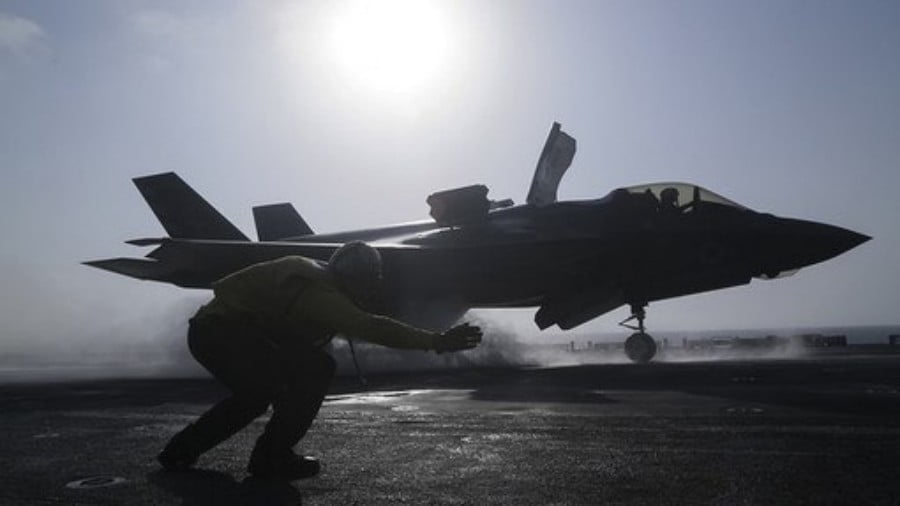
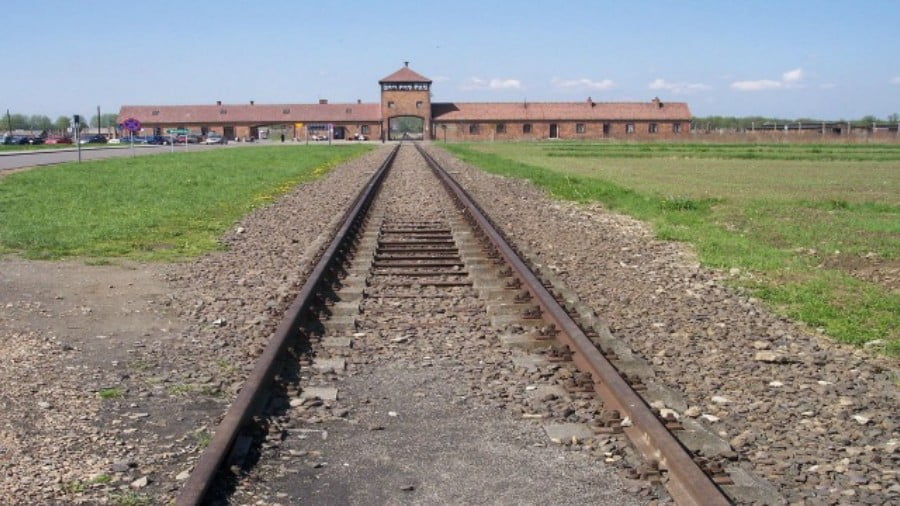
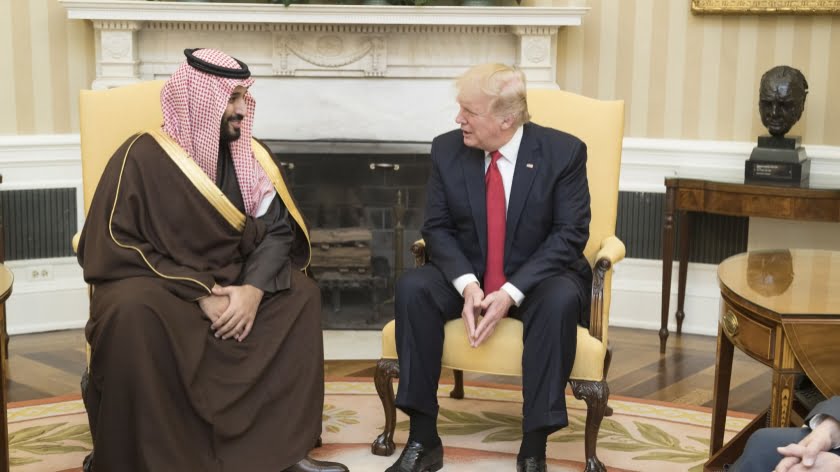


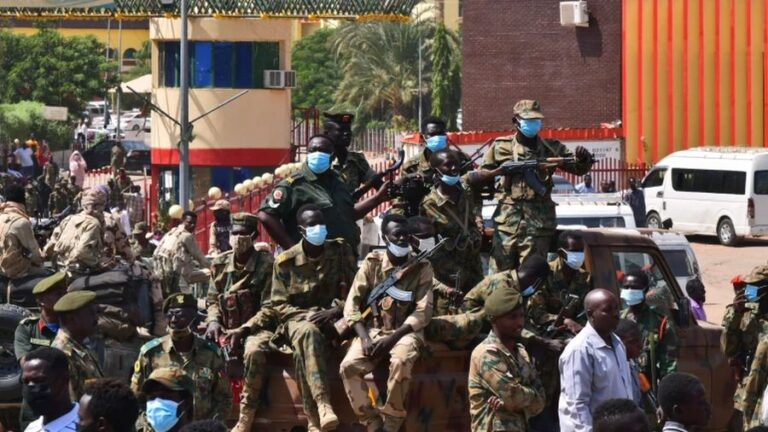
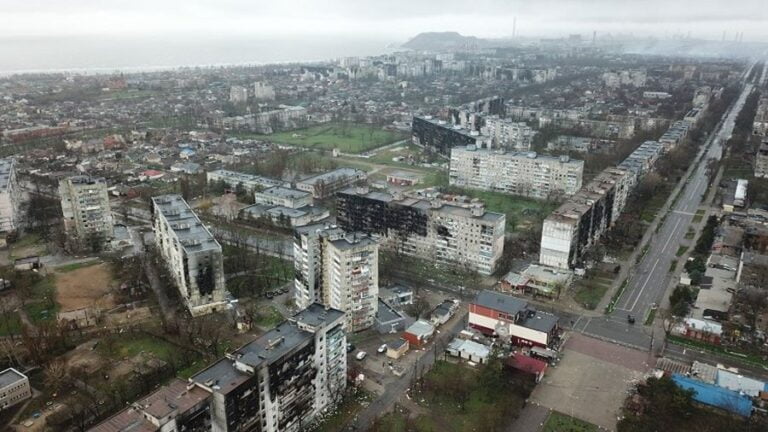
Reblogged this on AGR Daily 60 Second News Bites.